Integral Jewish Museum Opens in Ferrara
Centuries of Jewish history in Italy are now uncovered and on display to the public in Ferrara's new National Museum of Italian Judaism and Shoah (MEIS). Historical Jewish presence is in Italy is palpable as one encounters the lingerings of synagogues, catacombs and ghettos scattered throughout the country, as well as museums dedicated to the subject. MEIS will be the first centralized institution dedicated to illustrating the overarching history of Italian Jews over 22 centuries, located in a city essential to this narrative.
On Dec. 13, President Sergio Mattarella and Culture Minister Dario Franceschini attended the opening of the museum and its inaugural temporary exhibit Jews, an Italian Story: The First Thousand Years, which navigates the history of Jewish existence in Italy from ancient Roman times until the Middle Ages. The exhibition will continue through Sept.16, 2018.
“With this exhibition, a dream has been achieved and a great void filled,” said Franceschini, who has been a longtime supporter of the project, “[The museum] is an important site because it recalls the Jewish presence in the country and will be an important place for youths, for people who know little of the millennial history of Italian Judaism.”
One Thousand Years of Jewish History:
Curated by Anna Foa, Giancarlo Lacerenza and Daniele Jalla, the exhibit displays 200 precious objects hailing from institutions all over the world, such as Genizah in Cairo, the National Archaeological Museum in Naples, the Vatican Museums and the Jewish Theological Seminary in New York. These artifacts include rings, seals, coins, amulets, oil lamps, manuscripts, Medieval documents and epigraphs from Roman and Medieval times.
Visitors will travel a path through five major scenarios identifying places of origin and dispersion for the Jewish people while tracing the routes of the Jewish diaspora and exile to the western Mediterranean after the destruction of the Temple. The exhibit explores themes of migration, slavery, integration and religious intolerance, documenting time spent in Southern Italy and continuing through the Dark Ages to the Crusades, a time in which Jewish culture saw remarkable stability in Italy.
Ferrara has a Jewish history dating back to Medieval times, and was once a hub for Jews of diverse geographic and cultural backgrounds. In the 1500’s the Este court provided haven within the city for Jews persecuted throughout Europe. A strong Jewish presence remained in Ferrara until Mussolini enacted discriminatory racial laws during World War II. Giorgio Bassani delves into this particular part of the Italian Jewish history in his novel The Garden of the Finzi-Continis, which takes place in Ferrara. Given the city’s intrinsic role in culmination of Jewish culture in Italy, the establishment of a museum dedicated to Jewish history there is profoundly significant.
The Finished Museum:
The museum has been under development since 2003, when its creation was approved by the Italian parliament through a mandate and nearly $55 million funding allocation. MEIS is located within the buildings that once constituted Ferrara’s prison complex until 1992. In fact, it is the very prison where Bassani (himself from a Jewish family) was held for resisting Mussolini's rule.
To this date, two buildings in the complex have undergone reconstruction. The final museum, which will house a permanent core exhibit, will be unveiled in 2020. In its completion, MEIS will comprise five modern buildings inspired by the Torah’s five books, each resembling a giant, transparent book written in Hebrew.
Once completed, as MEIS explains on their website, the museum will represent a testimonial to “the dialogue between cultures, the contribution of minorities, the richness of multiple identities, the beauty of knowing a different world that lives within and embraced by our own.”































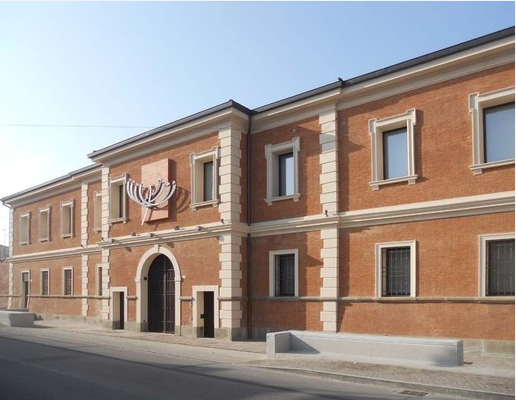
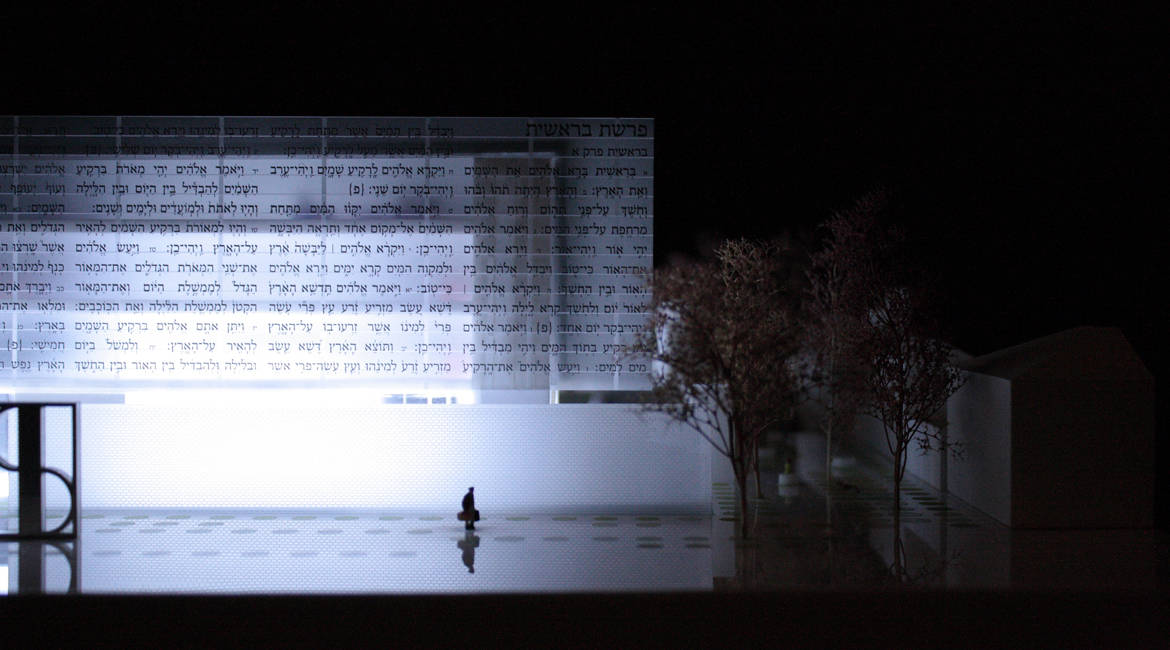

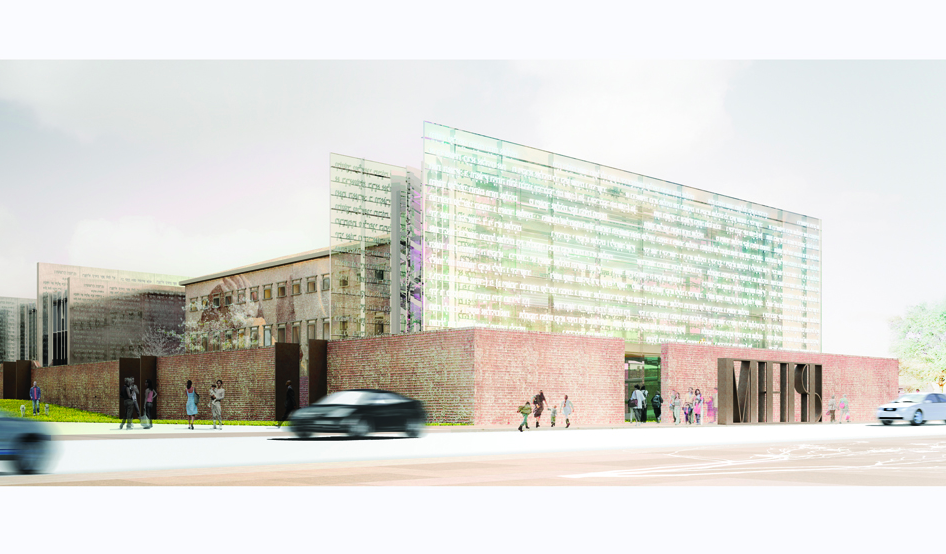
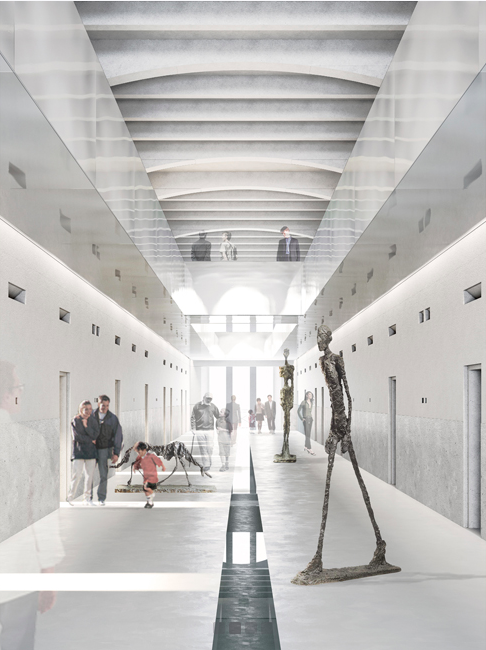
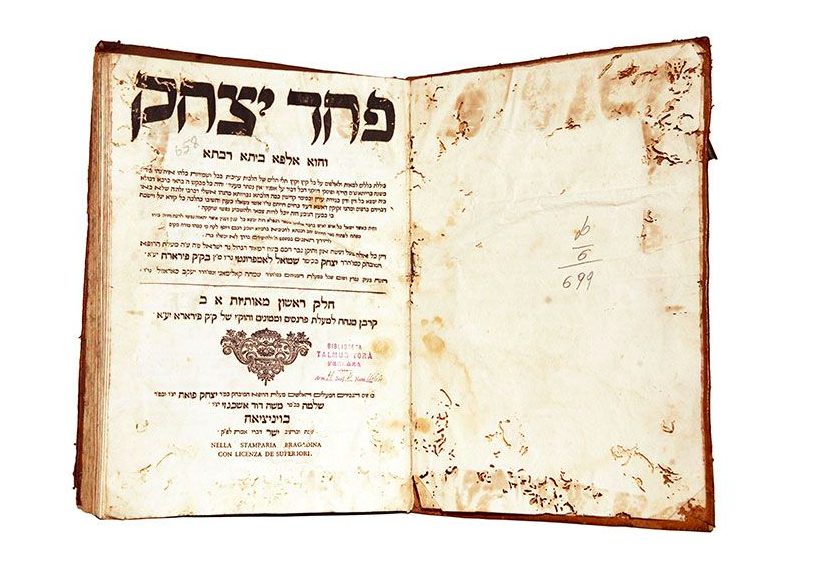
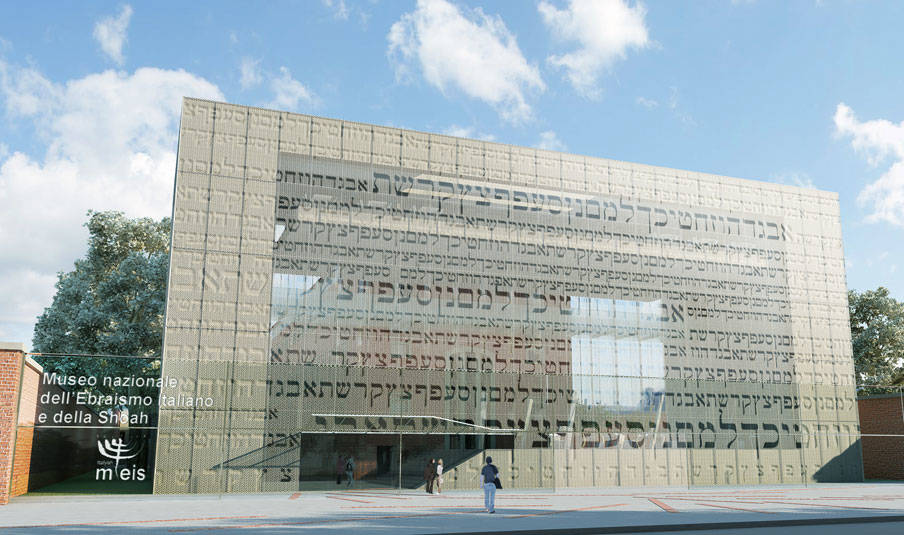



Comments
generic cialis
online viagra
generic cialis
viagra cheap
buy cialis online
cialis pills
viagra
viagra online
viagra cheap
viagra online
online cialis
viagra generic
buy viagra
buy viagra
buy generic cialis
buy generic cialis
cialis online
viagra cheap
canadian cialis
viagra cheap
cheap viagra
generic cialis
online viagra
generic cialis
cialis online
cialis
viagra coupon
buy viagra online
viagra cheap
viagra coupon
viagra
buy viagra
cialis cheap
generic viagra
viagra generic
cialis for sale
cialis online
online viagra
generic viagra online
cialis
generic cialis
cialis
generic cialis
cialis cheap